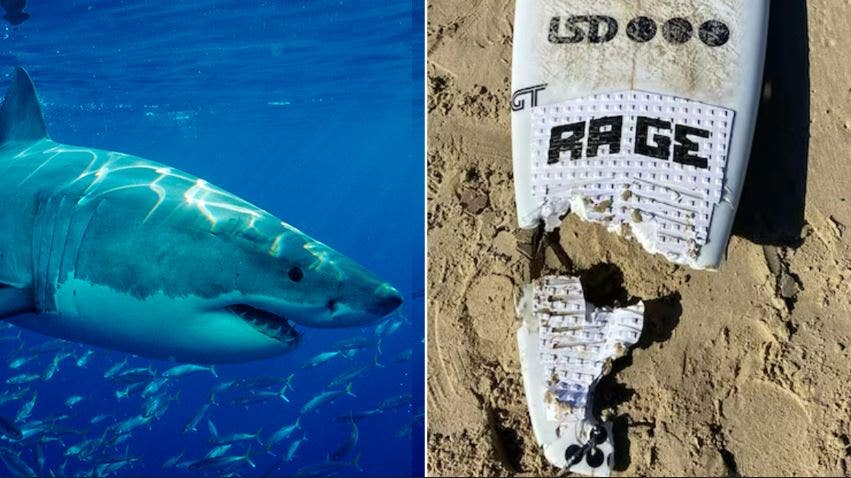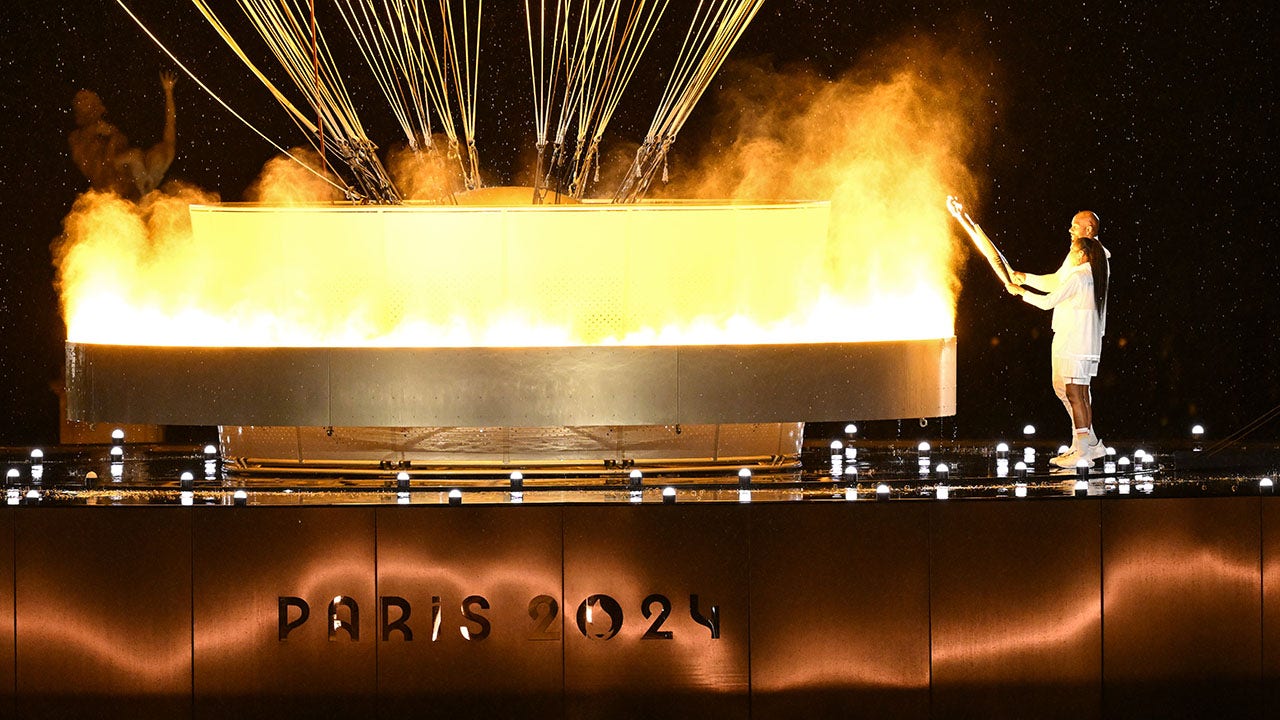I’ve seen and dealt with a lot of different guns over the years. Some are very mundane. Others are a lot of fun. But, one thing I’ve never seen before is a grenade launcher that’s geared up like a sniper rifle. It turns out that a number of countries (including the U.S.) have tested this idea, but only one has fielded it so far: China.
Here’s a video explaining the history and the concept in depth at Task & Purpose: (article continues after video)
Grenade launchers are obviously nothing new. They can be shot using the gas from blanks fired from normal rifles, and some people have a lot of fun firing inert or chalk grenades without having to pay the boom boom tax. Stand-alone grenade launchers, as well as those fixed under a rifle are also common in militaries.
But, most of these devices are made for indirect fire, or fire where the grenade arcs up to the top of its ballistic trajectory. Then, it drops down to the intended target (allowing for fire over obstacles and into “dead space”). This requires some math or the use of a special flip-up grenade sight. The Chinese grenade launcher, on the other hand, fires its lighter grenades with more powder in the cartridges. This makes for a much flatter, more rifle-like trajectory that the shooter aims directly at.
The People’s Liberation Army (PLA) is the only military that has adopted this. Several other militaries have tested this, and as usual, China copied western militaries’ homework. In this case, it came from the OICW program, which was ultimately rejected after testing found the rifle-like grenade concept wasn’t terribly useful for U.S. forces. But, the needs of the PLA differ from the needs of western militaries, so it might be a better fit (more on this in a bit).
When western forces find that they can’t deal with a threat with small arms, they switch to other systems, call for support from the air, or otherwise up the ante as needed. But, only limited ammo, missiles or rockets are usually carried in a military unit, and getting things like air support in place can take time. So, having somebody who can deliver accurate explosive fire quickly can come in handy, even if only a few people specialize in carrying and operating this system.
Another big use for the system is that it’s an “anti-sniper sniper rifle.” Directly hitting a sniper can be hard, but delivering an explosive within a few feet is just as good and perhaps a lot easier. The rounds can be easily dropped into a window, penetrate light armor or even use programmable ammo to burst the explosive over the top of an entrenched force, dropping the shrapnel down into the hole.
This is useful enough for the PLA because they’re anticipating a very different fight than western forces. On the one hand, they expect a fight against India in the very mountainous terrain that lies along that border. This makes for a lot more opportunity for direct fire. There’s also the well-known planned (but not scheduled) invasion of Taiwan, where PLA forces would be facing heavily contested beach landings followed by warfare in the urban canyons of the western plains.
The PLA hasn’t actually been in any wars with this weapon, but it has been used very successfully against Somali pirates who were preying on Chinese ships headed for the Suez Canal. This isn’t a great test in some ways, but it does show that it can be effectively used at range against mobile targets. An export version firing 40mm rounds has also been sold to Saudi Arabia and used against both pirates and bunkers.
It’s worth watching the full video to see some great visual representations of why this all works and what its advantages are. One thing the video doesn’t do is talk much about how it might fare against U.S. forces. With the XM7 rifle on its way to service, its limited fielding could lead to some big disadvantages, with long engagements with traditional projectiles set to vastly outnumber it.
Read the full article here










